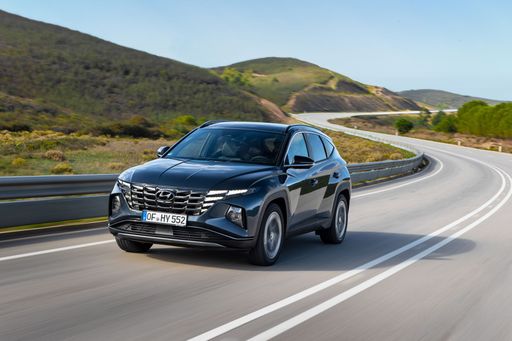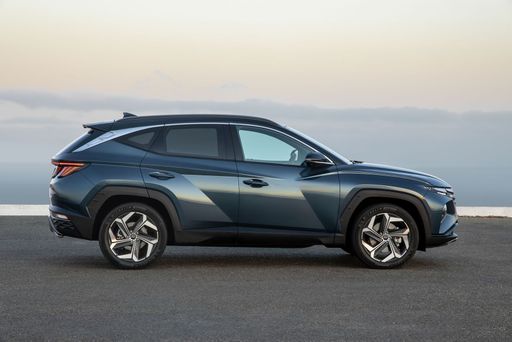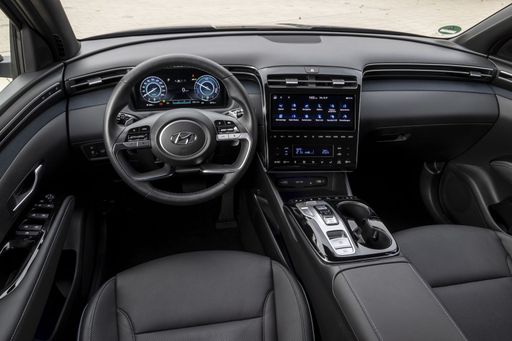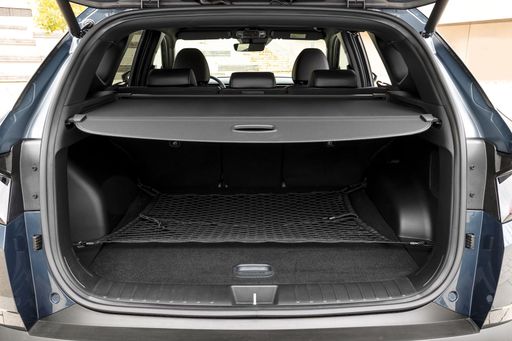Hyundai Tucson vs Subaru Outback: A Battle of Versatility and Innovation
When it comes to choosing a capable vehicle that balances performance, comfort, and innovation, the Hyundai Tucson and Subaru Outback are often top contenders. Both vehicles cater to families and adventure seekers with their unique offerings, but how do they stack up against one another? We dive into the technical aspects and innovative features of these two popular models to help you make an informed choice.






